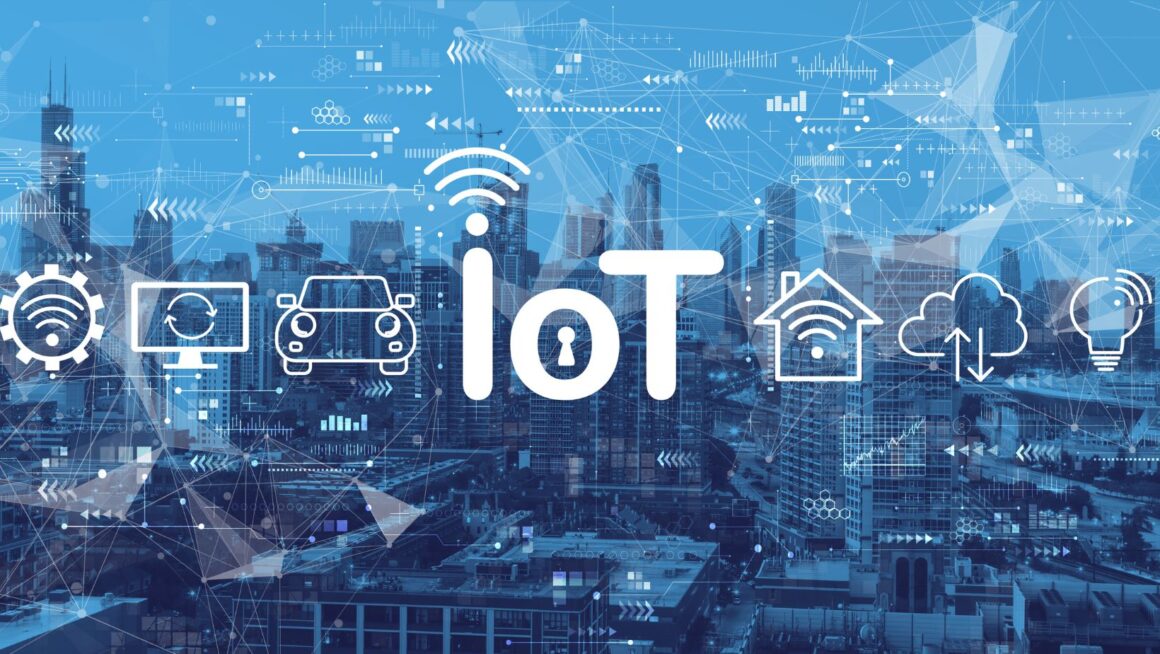Many think the Internet of Things (IoT) solutions are mainly for manufacturing and transportation businesses. Indeed, companies in these sectors rely heavily on this tech, but they aren’t the only ones. In effect, IoT can help in practically any business. Below are five examples of how it may enhance retail operations and results.
Sensors for Real-Time Inventory Management
If your retail business plans to use IoT, it’s first and foremost, wise to turn to an iot solutions development agency. They’ll recommend various custom solutions, the most versatile of which is sensors. Retailers can install them to monitor stock levels so that they always have products available (without stockouts or overstocking).
Sensors can be embedded in shelves or storage units to track inventory levels and automatically update the central system. When stock gets low, they’ll trigger restocking processes or send alerts to the management team.
Benefits:
- Cost savings (no overstocking or understocking).
- efficiency (fewer or no manual inventory checks).
For example, a clothing store can use IoT sensors to automatically detect when certain sizes or items are running low. Next, it can replenish them quickly.
Beacons for Personalized Customer Engagement
Beacons are small, wireless devices that interact with smartphones via Bluetooth. They allow retailers to communicate directly with shoppers who are nearby or in-store. For example, they can deliver
- personalized promotions
- product recommendations
- store navigation.
That is, when a customer enters a store, the beacon detects their smartphone and sends targeted notifications. The latter should be based on their shopping preferences (e.g., previous purchases).

Benefits:
- personalized marketing (and thus bigger conversion)
- customer retention (they should become more loyal).
Thus, a supermarket could use beacons to offer exclusive discounts to loyalty program members as soon as they walk through the door. Or, it could guide them to products they’ve previously bought (that’s a question for the marketing team, which option should be best).
RFID for Streamlined Checkout and Asset Tracking
Radio Frequency Identification (RFID) technology
- tracks inventory
- manages assets
- enables frictionless checkout.
RFID tags are attached to products so that RFID readers can scan them instantly. That’s a bit different from barcodes because RFID does not require line-of-sight scanning. It’s thus faster and more efficient.
Benefits:
- faster checkouts
- improved accuracy (thanks to fewer errors in stock management).
A department store, for instance, can use RFID tags on clothing items. Customers will then check out faster because they’ll place all items in a checkout station at once and scan them simultaneously.
IoT Mobile Apps for Enhanced Customer Experience
IoT-integrated mobile apps can connect customers’ smartphones to in-store devices and online services. These apps can offer various features, such as
- mobile payment options
- real-time product availability
- navigation assistance.
The key trick here is that retailers can use the data collected through the app to offer better services and personalized suggestions.
Benefits:
- the overall experience is more seamless (practically no need for assistance)
- More engagement is needed (thanks to push notifications and updates).
AI Enhancement for IoT Platforms
Artificial Intelligence (AI) supercharges IoT in two ways: through
- smarter data analysis
- and decision-making.
In retail, AI-enhanced IoT platforms can analyze data from sensors, RFID tags, and beacons. In fact, from everything we’ve just discussed. Based on this info, your business can optimize store layouts, marketing efforts, and supply chain.

AI algorithms are so useful here since they can process the massive amounts of data generated by IoT devices. Then, they uncover patterns in customer behavior, optimize product placement, or forecast demand.
Benefits:
- smarter decisions
- optimized operations.
Thus, a large grocery chain could use an AI-enhanced IoT platform to analyze foot traffic data and adjust store layouts. Their products will be more visible and so they’ll achieve more sales.
***
As you see, IoT can give retail businesses a huge boost, at least in two areas: costs and customer satisfaction. In other words, it can make things simpler for clients and cheaper for you, which seems to be a cool win-win scenario.

